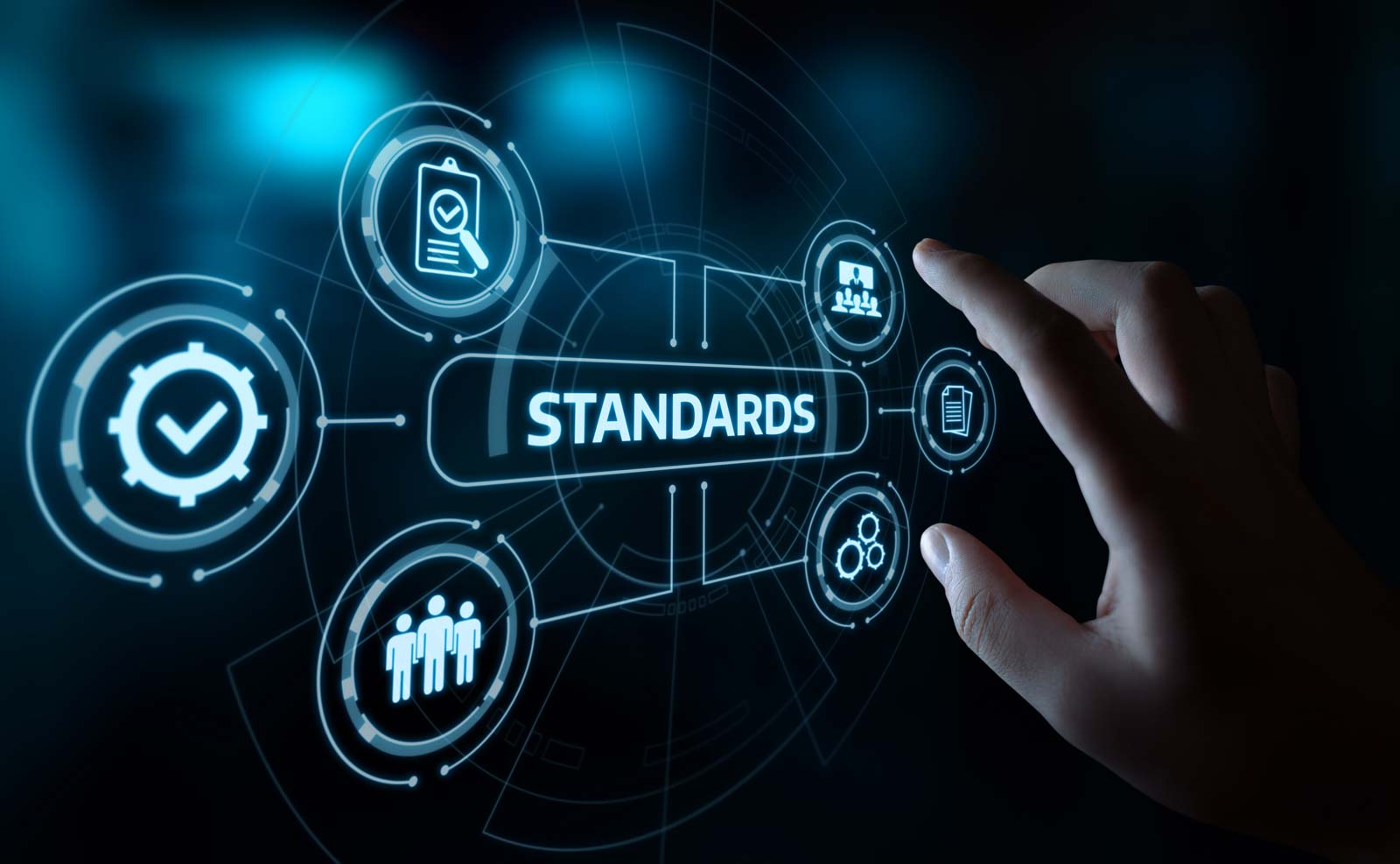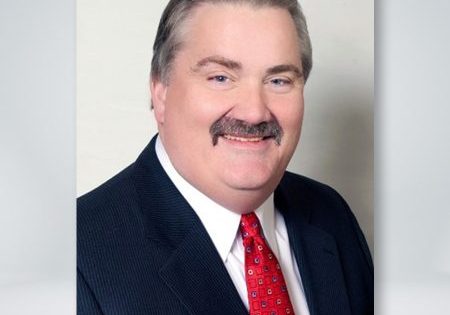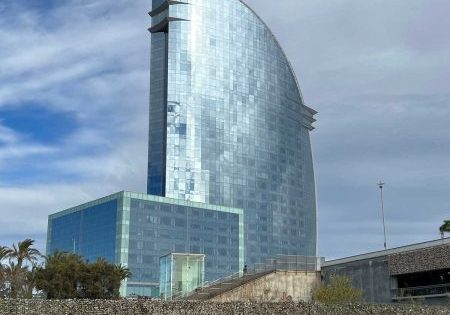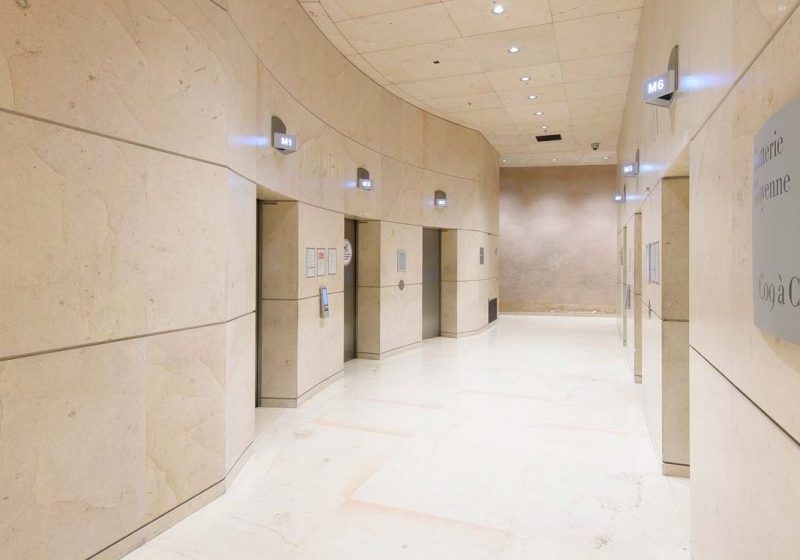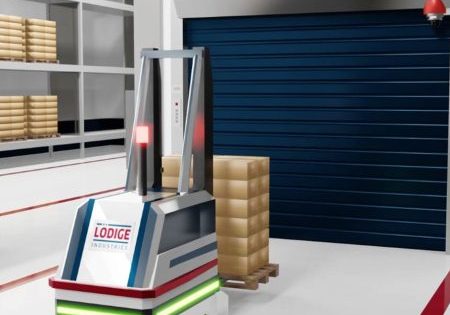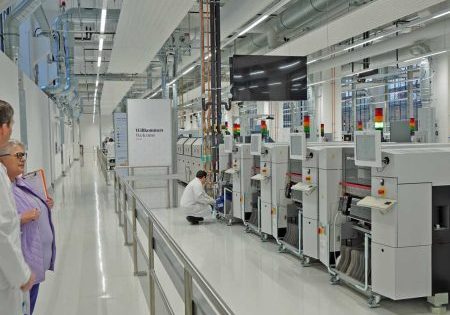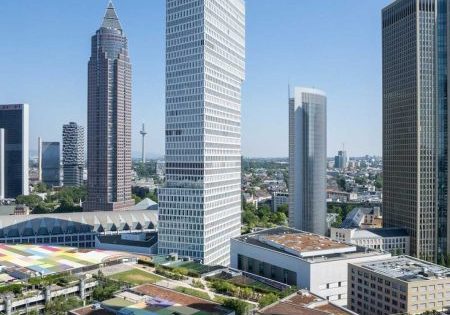The evolution of elevator code development and what we can learn from Europe and North America as the world seeks the seemingly impossible – one unified elevator code.
by Kevin Brinkman
Has the lack of one worldwide elevator code hampered improvements in safety and reliability of the elevator industry? For years, each country has had to develop its own safety code requirements for elevator equipment, which made it extremely difficult for companies to enter other markets. But more importantly, the lack of universal code requirements has also limited the implementation of new technology capable of providing better safety or reliability, indirectly impacting the more than 300 million global passengers who ride elevators every day.
Something had to change.
Rise Up
The journey to address this issue started half a century ago in January 1972 when the European Committee for Standardization (CEN)/Technical Committee (TC) 10 Lifts, Escalators and Moving Walks Committee held their first meeting to discuss standardization of European elevator codes. Five years later, CEN published its first elevator safety standard — EN 81-1: Safety Rules for the Construction and Installation of Lifts – Part 1: Electric Lifts. EN 115:1983: Safety Rules for the Construction and Installation of Escalators and Passenger Conveyors and EN 81-2:1987: Safety Rules for the Construction and Installation of Lifts – Part 2: Hydraulic Lifts followed in 1983 and 1987, respectively. This was a significant step for the elevator industry, as it brought together key safety requirements from each country. Now, experts from each country were able to share knowledge and experiences to make a more robust code for everyone to use.
The journey continued when the International Organization for Standardization (ISO) created ISO/TC 178 for elevators, escalators and moving walks in 1980, but the initial purpose was to establish common sizes and capacities to standardize hoistway construction.[1] A few years later, a working group was formed to compare elevator codes.
TC 178 created multiple working groups, each bringing together experts from all over the world to focus on different areas, including general elevator safety requirements, electrical requirements, cybersecurity and several more. TC 178 also is responsible for developing ISO standards for elevators, escalators and moving walks and includes representatives from major standard writing bodies from around the world. In the U.S., members are nominated through the American National Standards Institute (ANSI) and Canadian members through the Standards Council of Canada (SCC). Many of the ISO codes are based on CEN standards, which means they are more performance-based than A17.1/B44.
ISO published the new 8100 series of elevator codes in 2019, which includes: ISO 8100-1:2019 Lifts for the transport of persons and goods — Part 1: Safety rules for the construction and installation of passenger and goods passenger lifts; ISO 8100-2:2019 Lifts for the transport of persons and goods — Part 2: Design rules, calculations, examinations and tests of lift components; and ISO/TS 8100-3:2019 Lifts for the transport of persons and goods — Part 3: Requirements from other Standards (ASME A17.1/CSA B44 and JIS A 4307-1/JIS A 4307-2) not included in ISO 8100-1 or ISO 8100-2. While these standards are set to become the norm in a large part of the world, some countries, such as the U.S., Canada and Japan, still maintain their own codes. ISO 8100-3 also provides information on the differences between these codes and the ISO codes, which will be useful for future development.
United We Stand
In the early 1990s, ASME and CSA began the process to harmonize the codes between the U.S. and Canada. The first step was to reach an agreement between the two countries on a variety of administrative issues including how the committees would be organized, who would publish the final document and how to work through the differences in the two sets of requirements. A harmonization working group was formed to address the administrative issues, and the technical work began in the mid 1990s.
By 2000, a single code was being published, but it still contained some requirements that were unique to one country or the other. Some examples include testing of fire rating door assemblies and the requirements for firefighters’ emergency operation (FEO). The technical committees continued to work on the differences over the next couple of cycles until a consensus was reached. By 2007, the ASME A17.1/CSA B44 code was completely harmonized.
ASME A17.1/CSA B44 is updated every three years to ensure that the requirements represent the latest safety and technology available. The ASME/CSA code development process consists of an in-depth, consensus-building protocol. Code committees formed to address specific areas of the code undertake a thorough examination of proposed code language and have the opportunity to submit comments and/or suggest modifications related to such language.
Hazard assessments and public review of any proposed language are also critical parts of this robust evaluation. The methodical process is approved by ANSI, and it ensures that questions, pitfalls and/or shortcomings are addressed fully prior to publication. It is important to note that particular attention is given to requirements for acceptance, periodic inspection and ongoing maintenance. Requirements in these areas are regularly updated to ensure the highest levels of safety.
Despite all the efforts, there is still a long way to go before a true worldwide standard for elevators, escalators and moving walks is achieved.
A17.1 represents the optimum in safety, as it is developed and refined by hundreds of experienced experts representing all aspects of the elevator industry. Such expertise is drawn from enforcing authorities, mechanical and electrical engineering and design experts, inspectors, consultants, labor authorities, building and facility owners and installation and maintenance specialists.
The Next Level
Despite all the efforts, there is still a long way to go before a true worldwide standard for elevators, escalators and moving walks is achieved. The cooperation between countries has led to improvements in the ISO standards, as well as the codes still being used in other countries, including the U.S. and Canada. In addition, while we work together to make strides with international code harmonization, we still face the challenge of differing code editions between jurisdictions in the U.S. and Canada, including local deviations. There is a shorter term, and we believe achievable, objective to harmonize adoption and enforcement of codes across the U.S. and Canada.
With each cycle, the shared knowledge and experience help to bring the codes closer together and, even more importantly, provide for safer products around the world. While achieving a single harmonized code may take some time, the cooperation and sharing of knowledge will result in better safety and reliability for passengers and workers throughout the elevator and escalator industry.
Reference
[1] 40 Years of Elevator-Code Standardization, Elevator World, May 1, 2012.
Get more of Elevator World. Sign up for our free e-newsletter.
